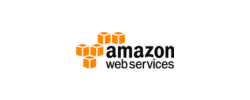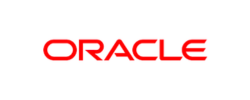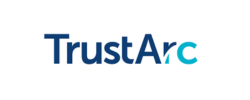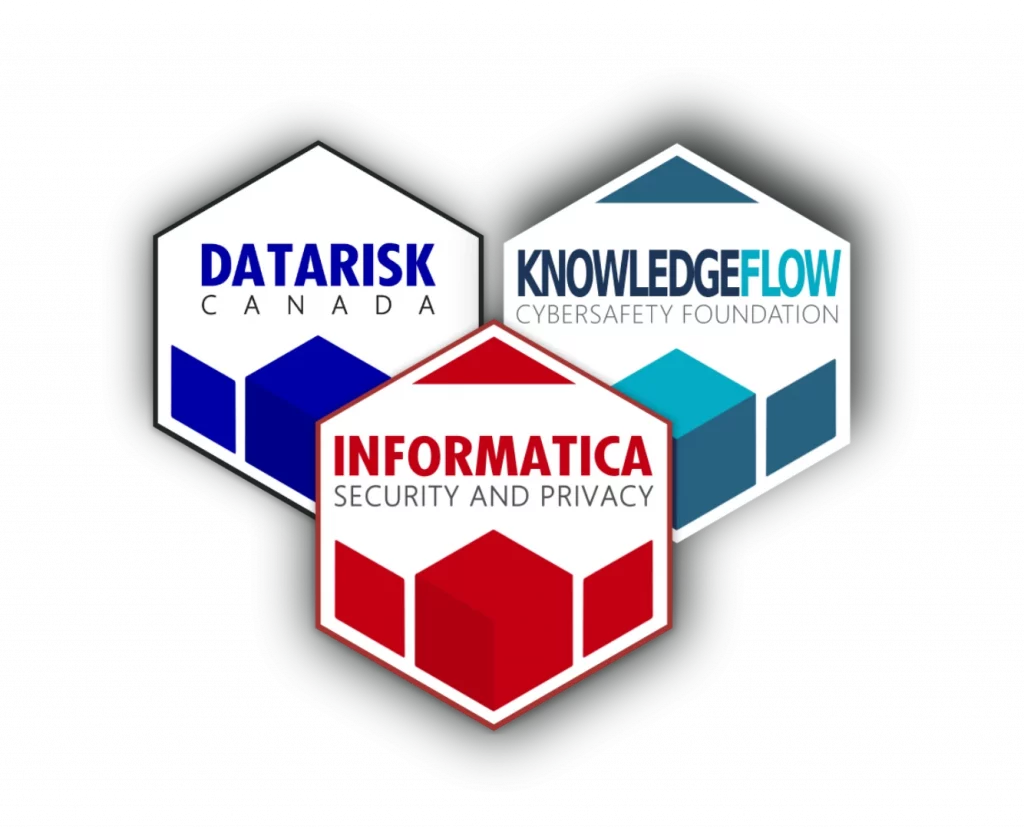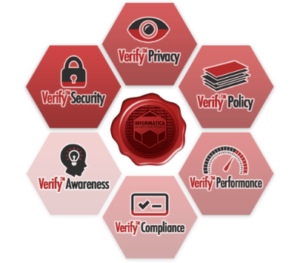Malware Infections Rising Despite Use of Anti-Phishing Tools
Why are Malware Infections Rising?
Despite the ever-increasing implementation of anti-phishing tools in businesses, malware infections continue to surge. This may seem paradoxical. After all, aren’t these tools supposed to secure our systems against such threats? This blog post delves into this issue, shedding light on why malware infections are still a significant concern and how businesses can better protect themselves. Claudiu Popa and Datarisk Canada created this list to raise awareness and help businesses improve their cybersecurity measures.
- Evolving Threat Landscape
Firstly, it’s essential to understand that cyber threats are not static; they evolve continuously. As businesses get better at defending against known threats, cybercriminals develop new techniques to circumvent these defenses. Malware, in particular, has become more sophisticated and harder to detect, rendering many conventional anti-phishing tools ineffective.
- Human Error
Anti-phishing tools can only provide so much protection. They are not a silver bullet. Human error remains a significant factor in many malware infections. Employees can still fall victim to sophisticated phishing attacks, inadvertently downloading malware onto their systems. Regular training on the latest phishing tactics can significantly reduce the risk of human error.
- Outdated Software
Even the best anti-phishing tool is only as good as its latest update. Many businesses fail to consistently update their software, leaving them vulnerable to new threats. Regular updates and patches are critical to maintaining robust cybersecurity.
- Inadequate Configuration
Anti-phishing tools need to be properly configured to provide maximum protection. If these tools are not set up correctly, they may not provide the intended security, leaving systems vulnerable to malware infections.
- Limited Coverage
Not all anti-phishing tools offer comprehensive protection. Some may not cover certain types of phishing attacks, or they may not fully protect all systems within a business. This can create gaps in your defenses that malware can exploit.
To mitigate these risks, businesses should adopt a holistic approach to cybersecurity. This should include regular software updates, employee education, proper tool configuration, and the use of comprehensive anti-phishing tools. Only then can businesses hope to keep pace with the evolving threat landscape.





